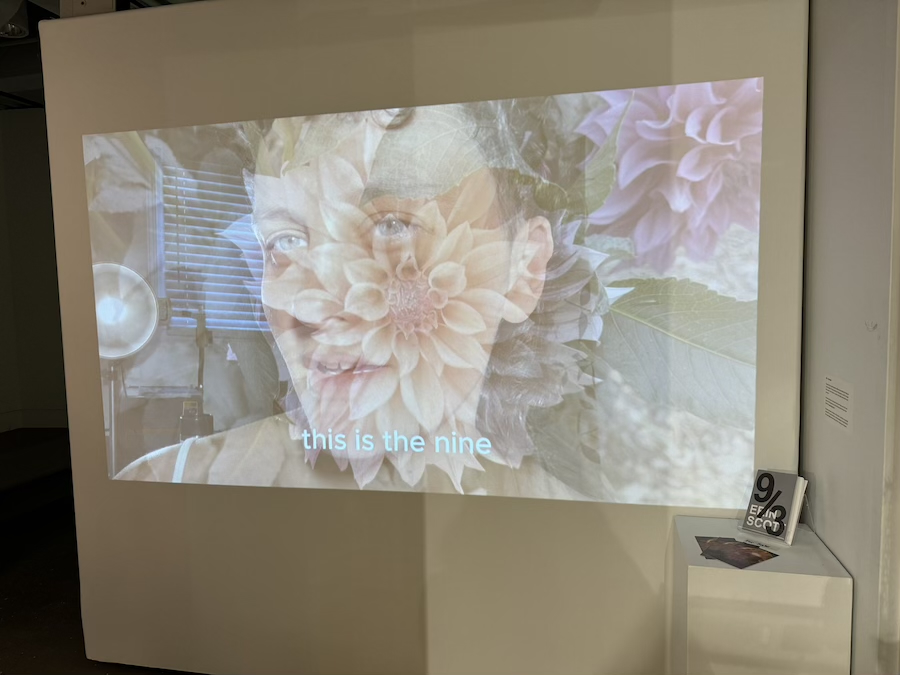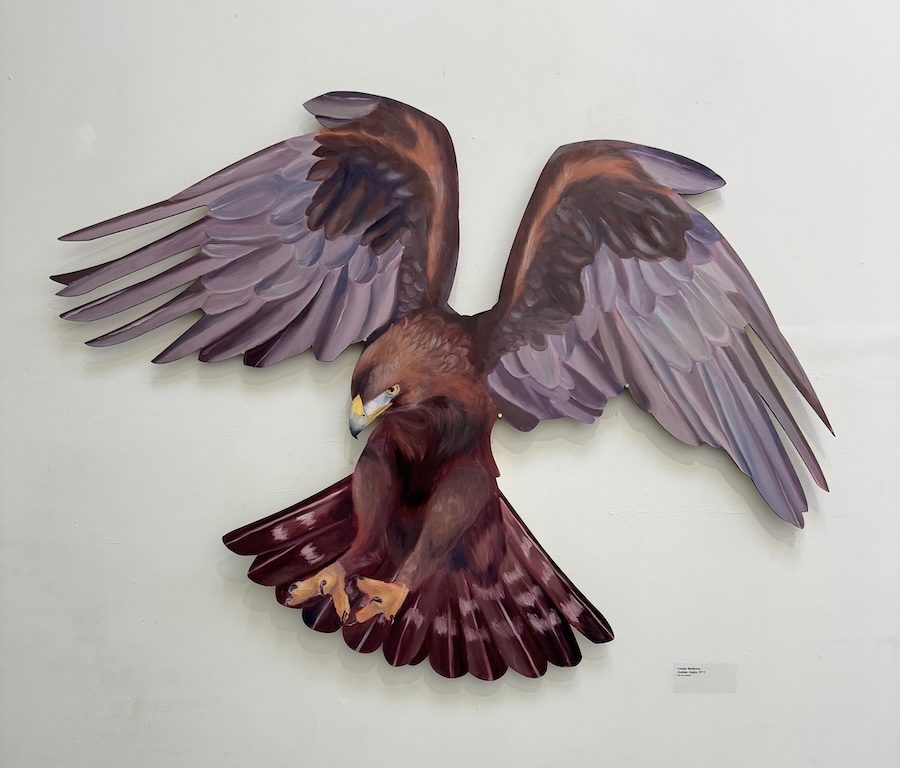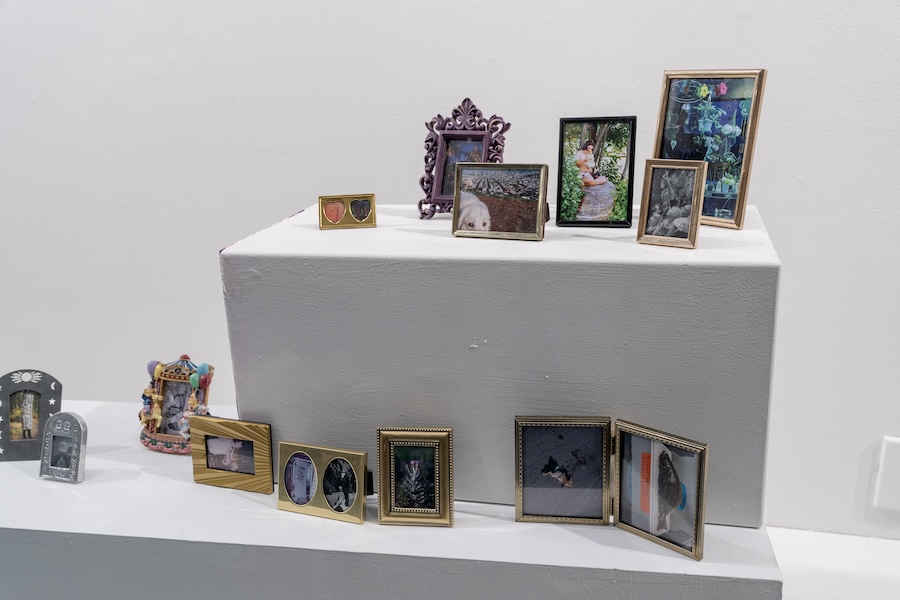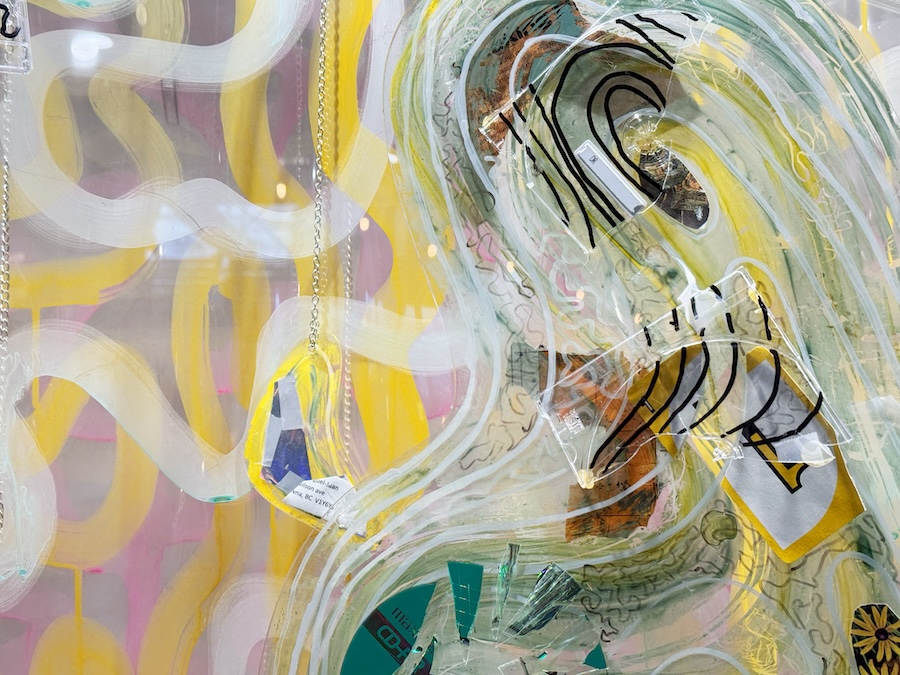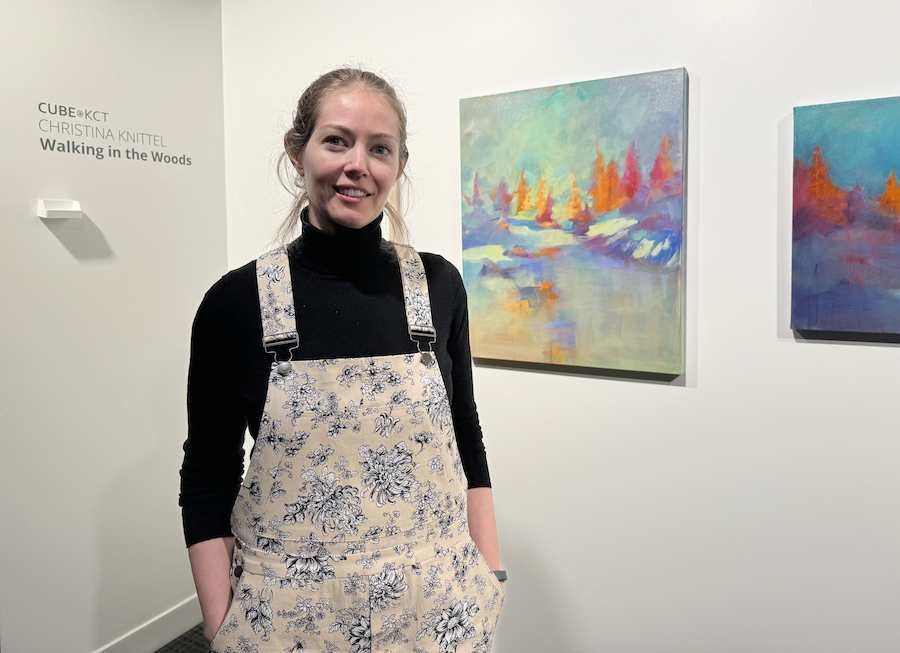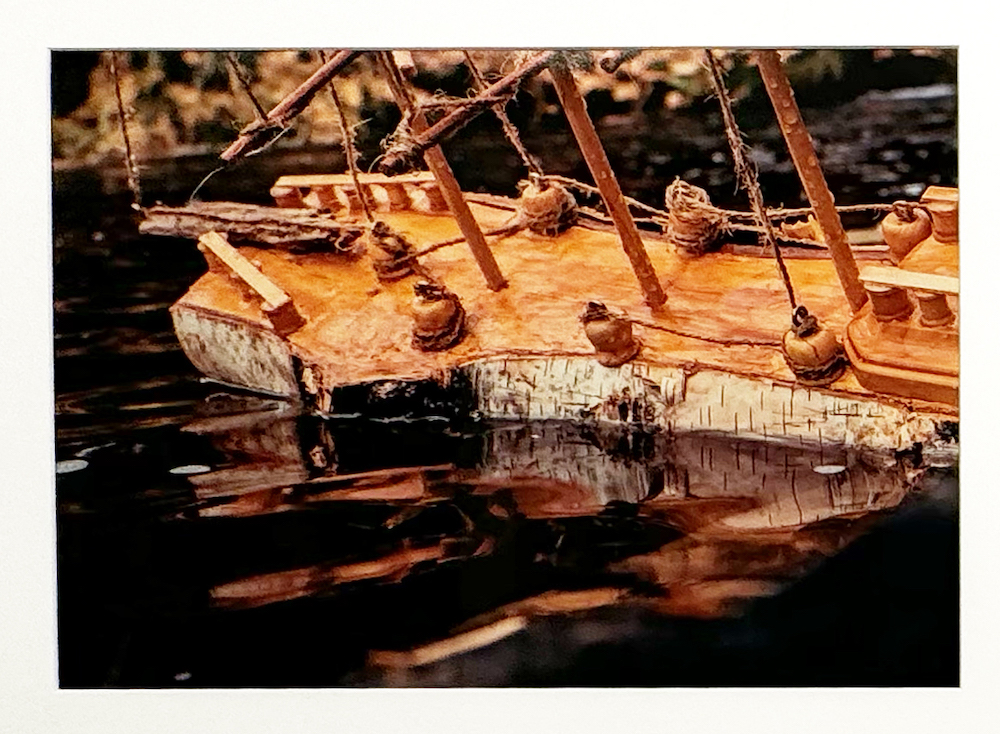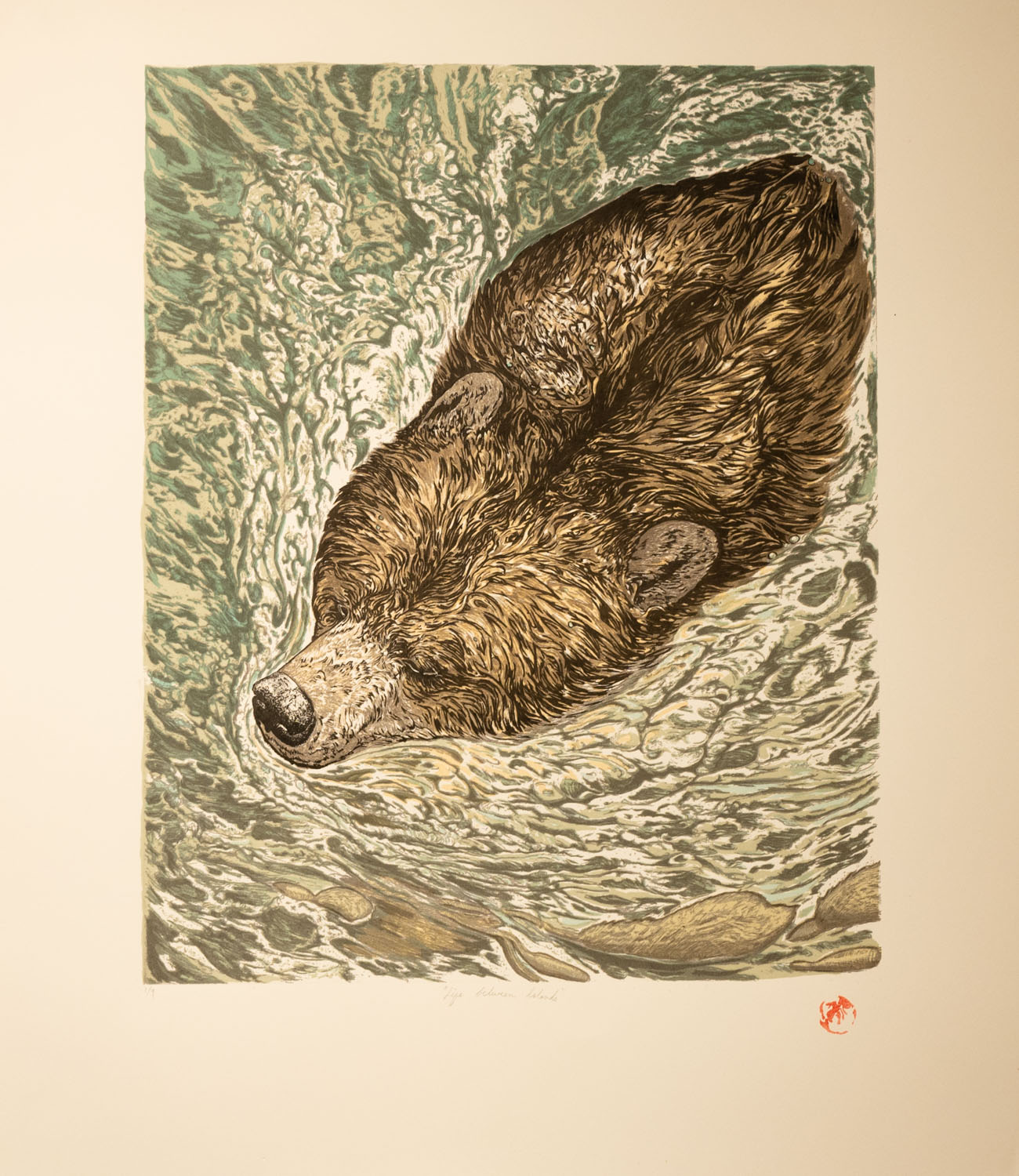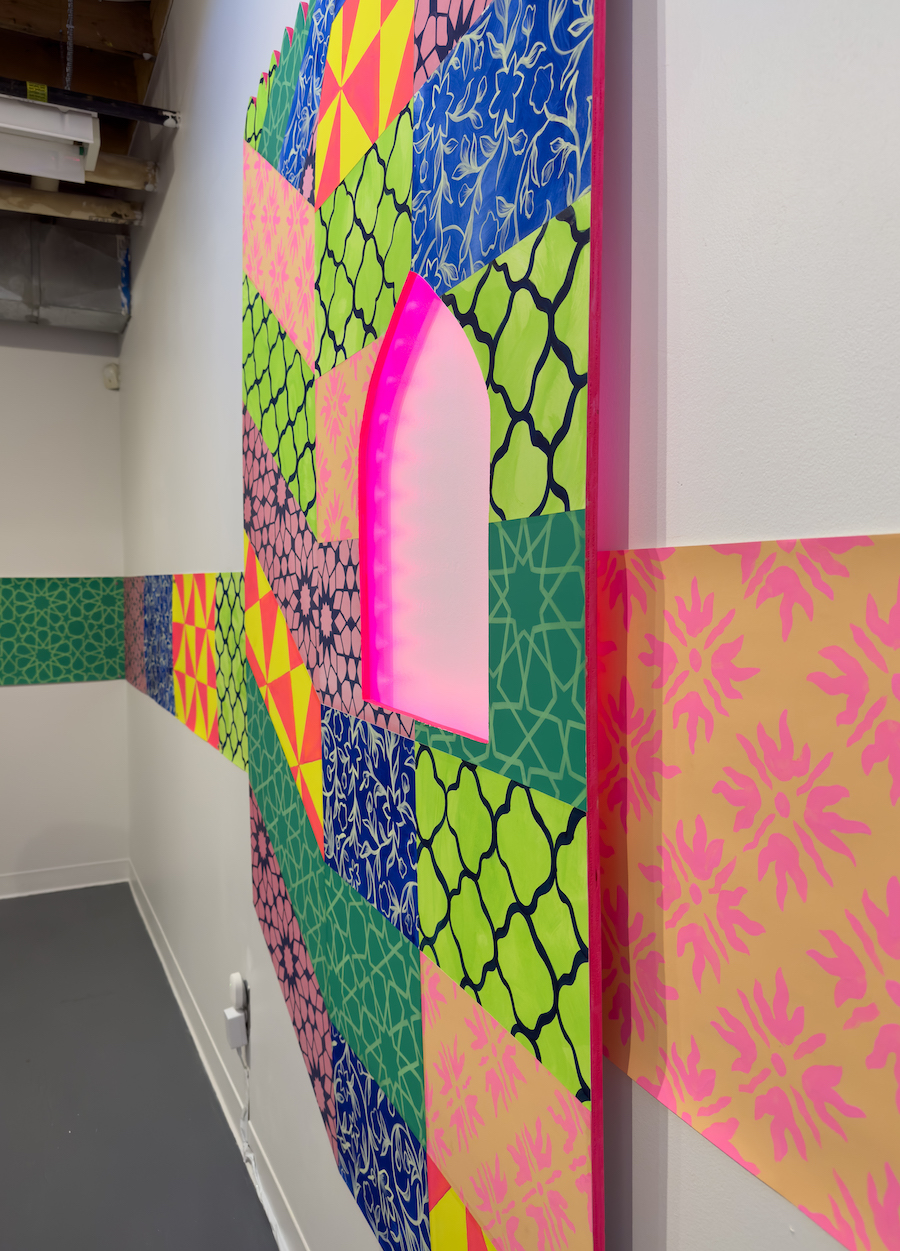Hummingbird Spirits: Strength and Resilience
Based on the Hummingbird Spirits printmaking initiative originated by UBC Okanagan Gallery Director and Assistant Professor in Visual Arts Tania Willard, Hummingbird Spirits: Strength and Resilience explores a vast catalog of linocut prints all featuring a hummingbird motif. Each original linocut print was produced during the previous two year annual run of the ongoing Hummingbird Spirits project. This exhibition is organized by...

 Follow
Follow